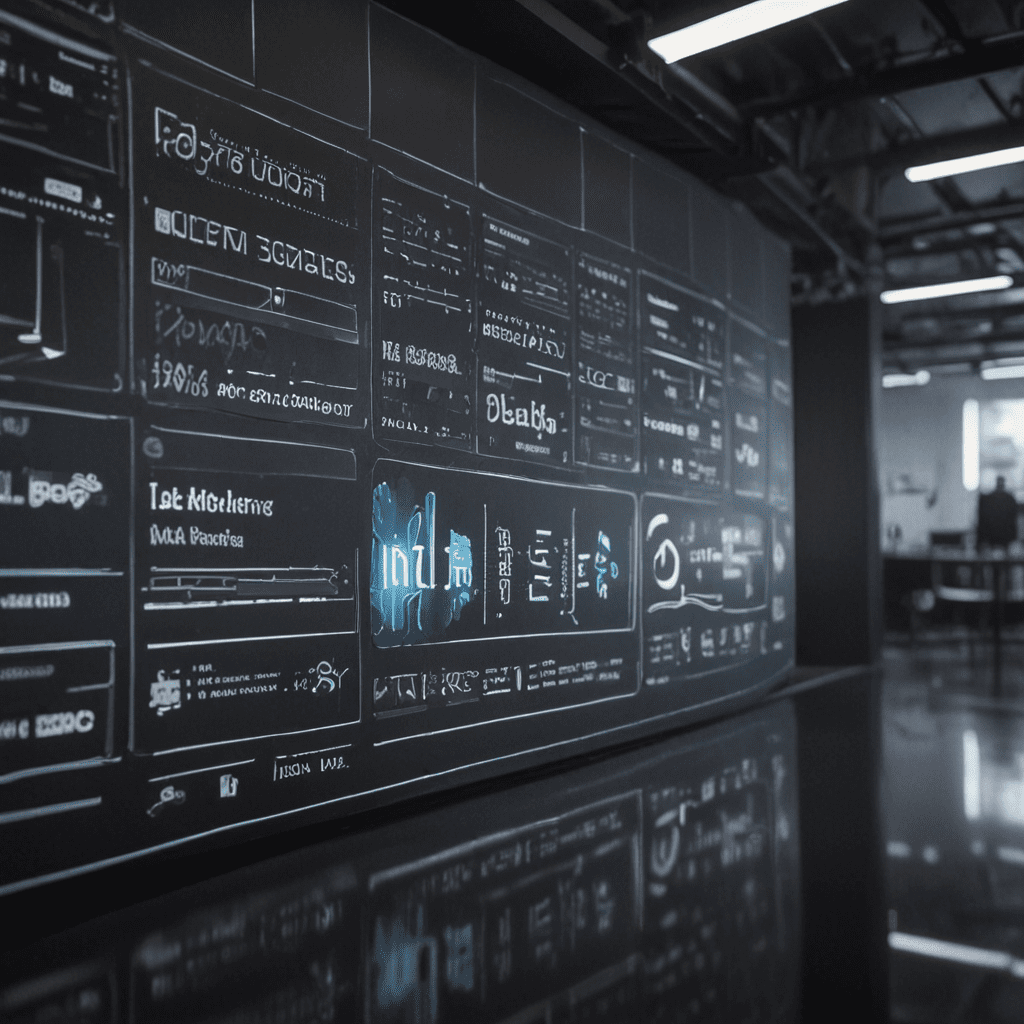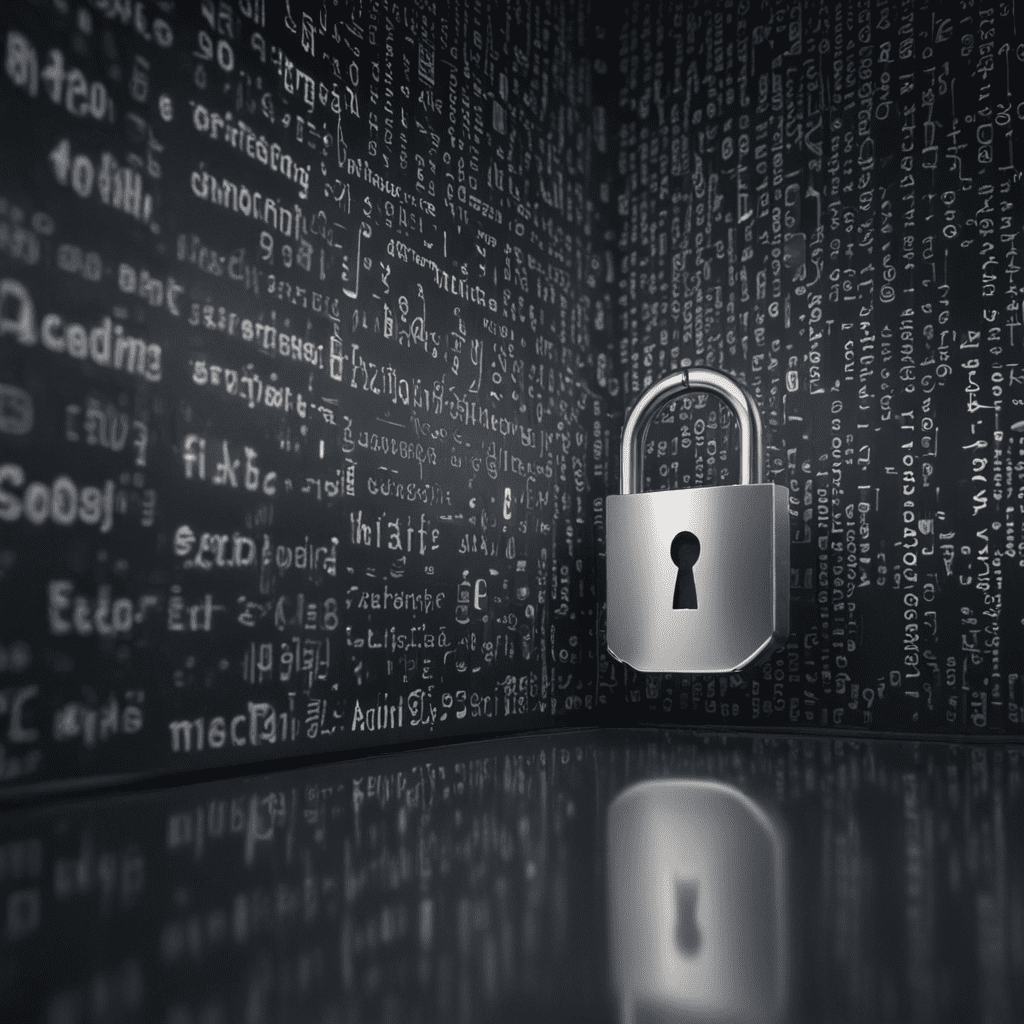
1. Introduction to SaaS Security Standards
SaaS (Software-as-a-Service) has revolutionized the way businesses operate, offering cost-effective and accessible cloud-based applications. However, the increasing adoption of SaaS has also raised concerns about the security of sensitive data stored and processed by these services. To address these concerns, security standards have evolved to provide guidelines and best practices for SaaS providers and their customers.
2. The Early Days: Lack of Standardization
In the early days of SaaS, there was a noticeable lack of standardization regarding security measures. SaaS providers offered varying levels of security, making it challenging for customers to compare and select the most secure solutions. This lack of consistency hindered the adoption of SaaS as businesses prioritized the protection of their data.
3. The Rise of Compliance Frameworks
To address the growing need for standardization, compliance frameworks emerged as a way to establish industry-wide guidelines for SaaS security. Frameworks such as ISO 27001, HIPAA, and GDPR set forth comprehensive security requirements that SaaS providers must adhere to. Compliance with these frameworks assures customers that their data is being handled in a secure and compliant manner.
4. The Cloud Security Alliance (CSA)
The Cloud Security Alliance (CSA) has played a significant role in developing security standards specifically for cloud computing, including SaaS. The CSA's Cloud Controls Matrix (CCM) and Security, Trust & Assurance Registry (STAR) provide a comprehensive set of controls and best practices for SaaS providers to implement.
5. ISO 27017: Cloud Security
ISO 27017 is an international standard that provides specific guidance on security controls for cloud services, including SaaS. It complements ISO 27001 and addresses unique security risks and challenges associated with the cloud computing model, ensuring that SaaS providers meet rigorous security requirements.
6. NIST 800-53: Security Controls for Federal Information Systems
The National Institute of Standards and Technology (NIST) has developed NIST 800-53, a comprehensive guidance for implementing security controls in federal information systems. This framework includes specific requirements for SaaS providers, ensuring the protection of sensitive government data. NIST 800-53 provides detailed guidance on risk assessment, security controls, and incident response, helping SaaS providers enhance their security posture.
7. The SOC 2 Framework
The Service Organization Control (SOC) 2 framework is an attestation standard developed by the American Institute of CPAs (AICPA). SOC 2 reports provide assurance that SaaS providers have implemented effective controls to meet specific trust service criteria, such as security, availability, and confidentiality. By obtaining a SOC 2 report, SaaS providers demonstrate their commitment to data protection and compliance with industry best practices.
8. The CIS Controls
The Center for Internet Security (CIS) has developed the CIS Controls, a set of prioritized safeguards that provide a baseline for effective cybersecurity practices. The CIS Controls are designed to protect against known vulnerabilities and cyber threats. SaaS providers can use the CIS Controls to assess their security posture and identify areas for improvement, ensuring a high level of security for their customers.
9. Current Trends in SaaS Security Standards
The evolution of SaaS security standards continues with emerging trends that address the evolving threat landscape. These trends include:
- Zero Trust: A security model that assumes no implicit trust and requires continuous verification.
- Cloud-Native Security: Security solutions that are specifically designed for cloud environments.
- DevSecOps: An approach that integrates security into the software development lifecycle.
10. The Future of SaaS Security
The future of SaaS security will be shaped by advancements in technology and the increasing adoption of cloud services. Security standards will continue to evolve to address new threats and challenges, ensuring that SaaS remains a secure and reliable solution for businesses of all sizes.
FAQs:
Q: What are the key considerations when choosing a SaaS security standard?
A: Consider the specific requirements of your organization, the industry regulations you must comply with, and the level of assurance you need from your SaaS provider.
Q: How can I stay updated on the latest SaaS security standards?
A: Monitor industry news and resources from organizations like the CSA and NIST. Regularly review the security policies and practices of your SaaS providers.
Q: What are the benefits of adhering to SaaS security standards?
A: Enhanced data protection, improved compliance, increased customer trust, and reduced security risks.


